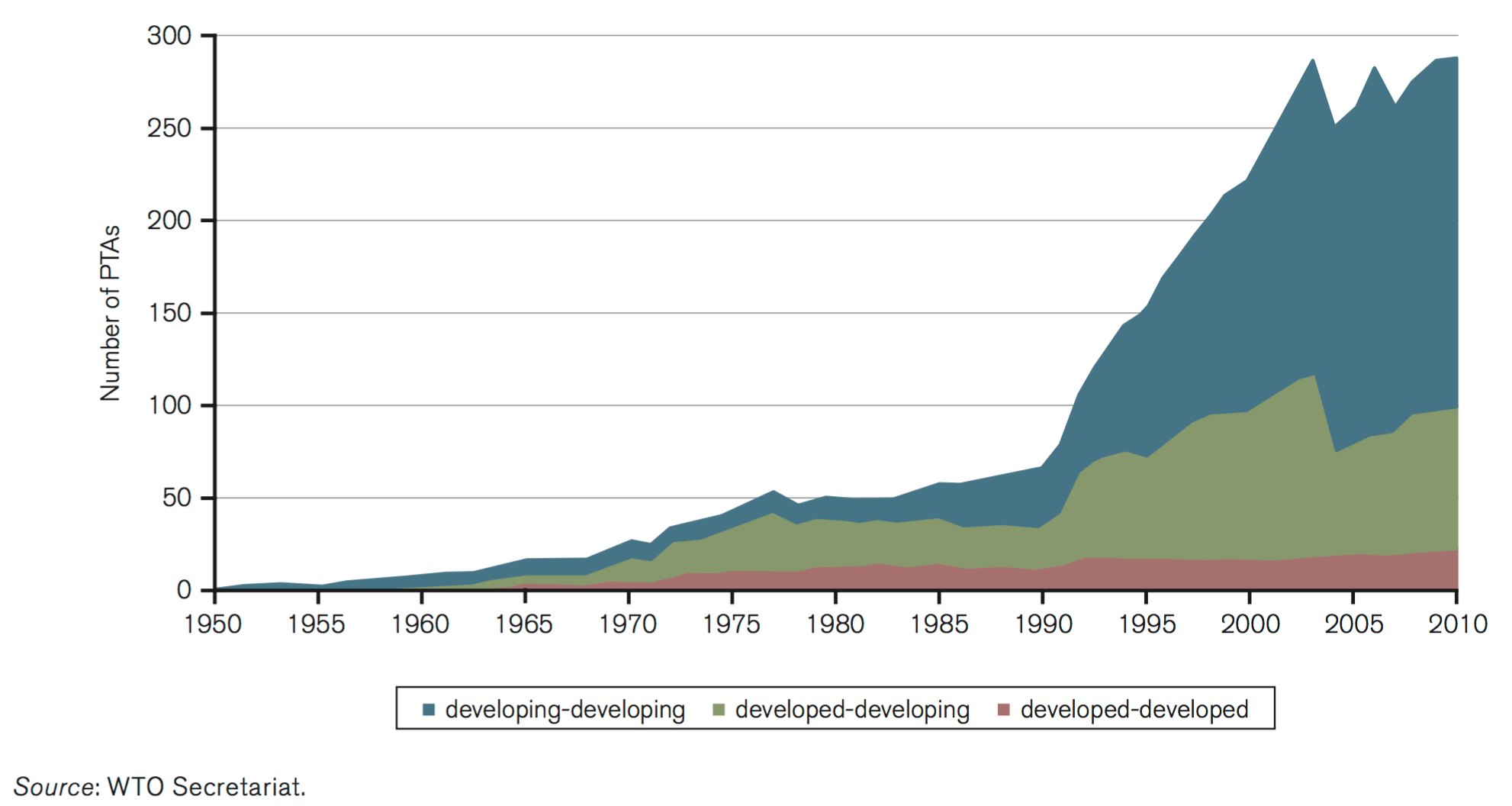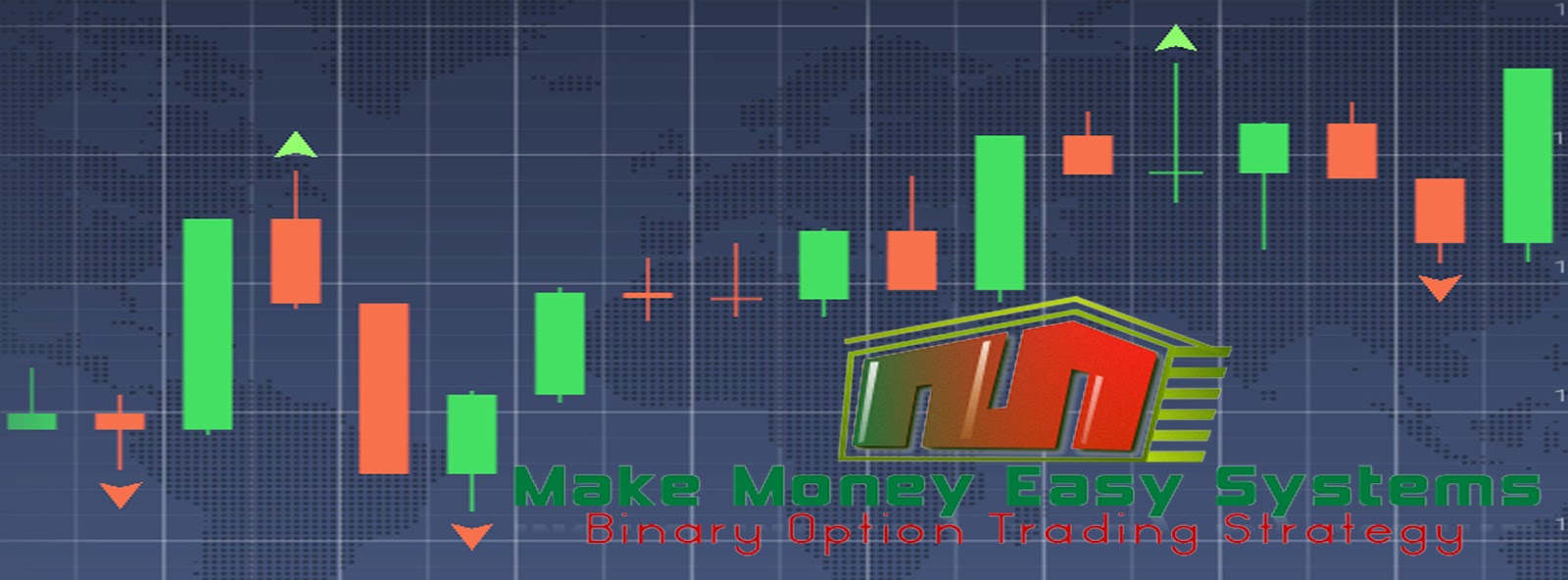When it comes to investing, one of the key decisions a trader must make is choosing the right trading time frame. This decision can significantly impact your trading success and ultimately determine whether you achieve your financial goals.
In this article, we will explore the different trading time frames, their characteristics, and how selecting the right one can make all the difference in your investment journey.
Understanding the Significance of Trading Time Frames
Trading time frames play a crucial role in investing, as they determine how long traders hold onto their investments. Different time frames offer distinct advantages and disadvantages, allowing traders to tailor their strategies to their goals.
Shorter time frames provide quick gains but require constant monitoring, while longer time frames capture larger market movements. By understanding these time frames and their characteristics, traders can make informed decisions that align with their objectives and increase their chances of success.
How Choosing the Right Time Frame Can Impact Your Trading Success
The choice of a trading time frame is crucial as it affects your trading strategy in various ways. It determines how often you trade, your level of risk, and even your emotional state while trading. By selecting a time frame that suits your goals and personality, you increase your chances of success in the market.
Shorter time frames involve more frequent trades and higher volatility, leading to potential profits but also increased risks and stress. Longer time frames offer more relaxed analysis and reduced volatility, resulting in potentially lower risk exposure.
Understanding the impact of time frames allows you to tailor your strategy for consistent and confident decision-making.
The Different Trading Time Frames and Their Characteristics
Traders can choose from short-term, medium-term, and long-term trading time frames, each with its own unique characteristics.
Short-term trading involves holding positions for minutes or hours, relying on technical analysis and market volatility to generate quick profits. It offers the potential for fast returns but requires constant monitoring and decision-making.
Long-term trading, on the other hand, involves holding positions for weeks, months, or even years. Traders use fundamental analysis to capture larger market trends over an extended period. It requires patience and a long-term perspective but offers lower transaction costs and the potential for higher returns.
Choosing the right trading time frame depends on individual preferences, goals, risk tolerance, and available time. Short-term trading suits those seeking quick profits while long-term trading appeals to those with less time availability who are willing to wait for larger market trends to unfold.
Selecting a Trading Time Frame Based on Personal Goals and Circumstances
When choosing a trading time frame, it is essential to align it with your personal goals, risk tolerance, and available time. By considering these factors, you can select a time frame that suits your lifestyle and maximizes your chances of success.
Start by defining your investment goals – quick profits or long-term growth? Assess your risk tolerance and comfort with market volatility. Consider the time you can dedicate to trading each day or week.
In addition to goals and risk tolerance, consider personal circumstances that may impact your ability to trade effectively.
Full-time job or limited experience? Adapt your time frame accordingly.
Once you have assessed your goals, risk tolerance, and available time, align them with your chosen time frame. Remember, there’s no one-size-fits-all approach. Choose what suits you best for increased chances of sticking to your strategy and achieving success.
By selecting a trading time frame based on personal goals and circumstances, you increase the likelihood of achieving desired outcomes. Keep in mind objectives, risk tolerance, and available time when making this decision. Only by aligning these factors can you maximize your chances of success in the market.
Strategies for Success in Different Trading Time Frames
To succeed in trading, it’s important to adapt strategies based on the time frame being traded. In short-term trading, focus on high-probability setups and implement strict risk management techniques. Stay disciplined and utilize technology for real-time market data and analysis.
For long-term trading, conduct thorough fundamental analysis, diversify your portfolio, practice patience, and regularly rebalance. Additionally, strategies like trend following and monitoring support/resistance levels can be applied across different time frames. Proper risk management is crucial in all trading to protect capital.
By understanding the characteristics of each time frame and employing appropriate strategies, traders can increase their chances of success.
Common Mistakes to Avoid When Selecting a Trading Time Frame
Choosing the right trading time frame is essential for success in the financial markets. However, there are common mistakes that traders should avoid to maximize their profits.
One mistake is overtrading due to impatience or FOMO (fear of missing out). This leads to poor decision-making and potential losses. Stick to your trading plan and avoid impulsive trades.
Neglecting personal circumstances or restrictions is another mistake. Consider your availability and experience when choosing a time frame. Be realistic about what you can commit to for optimal results.
Lack of adaptability to market conditions is a common pitfall. Markets change, so continuously evaluate your chosen time frame and adjust your strategy as needed. Stay flexible for effective navigation in changing conditions.
By avoiding these mistakes, traders can increase their chances of success in selecting a trading time frame.
Real-Life Examples from Successful Traders Using Different Time Frames
Successful traders employ various time frames to optimize their strategies and achieve consistent profits. Let’s explore real-life examples:
Trader A struggled with short-term trading due to stress and inconsistent results. Transitioning to long-term trading brought stability and consistent profits by focusing on fundamental analysis and market trends.
Trader B outperforms the market using long-term strategies, investing in strong companies for months or years to minimize volatility.
Trader C balances short-term trades based on technical analysis with long-term investments aligned with goals. This approach maximizes profits while managing risk effectively.
These examples highlight how successful traders adapt their strategies to different time frames. By learning from their experiences, traders can refine their own approaches for consistent profitability.
Final Thoughts on Choosing the Best Trading Time Frame
Choosing the best trading time frame is a personal decision based on your goals, risk tolerance, and available time. There’s no one-size-fits-all approach. Emphasize discipline, patience, and risk management regardless of the time frame you choose. Continuously evaluate and adjust your strategy to stay aligned with your objectives.
Remember that what works for others may not work for you. Your trading journey should reflect your own goals and preferences. By doing so, you increase your chances of finding success in the dynamic world of trading.
[lyte id=’s9x1hMmuinM’]







